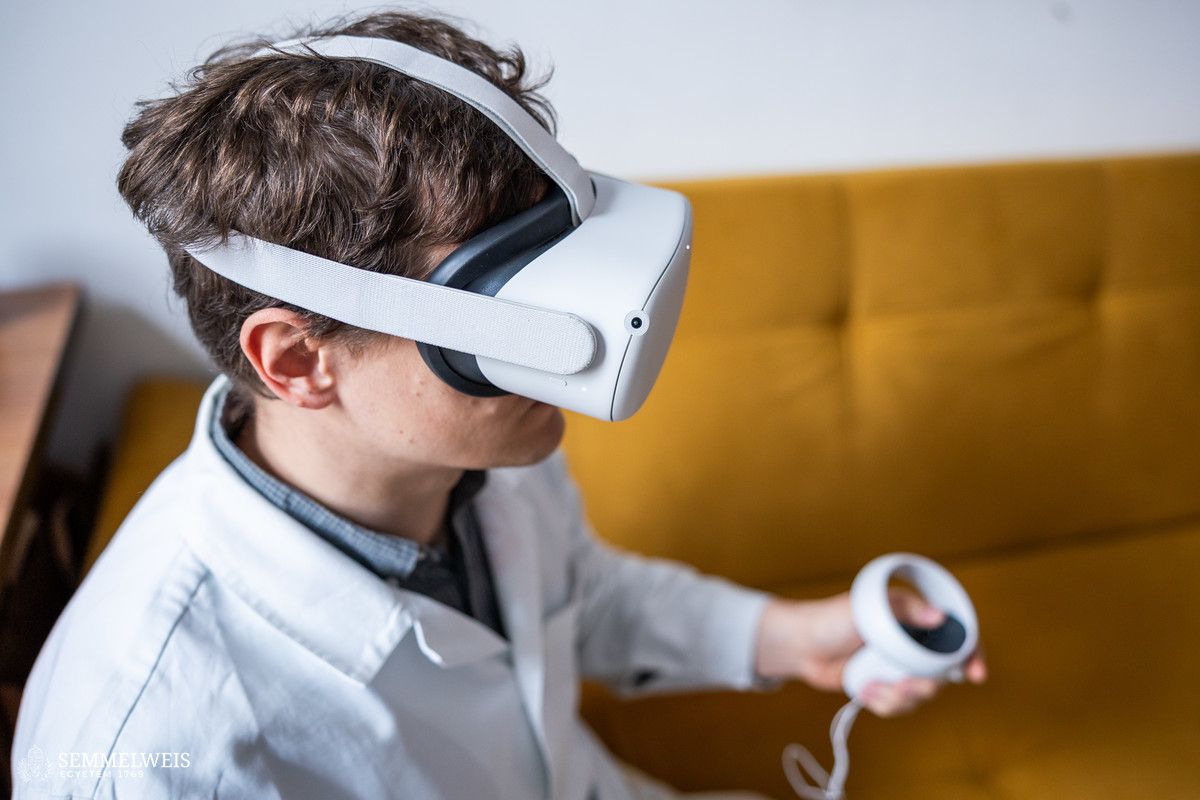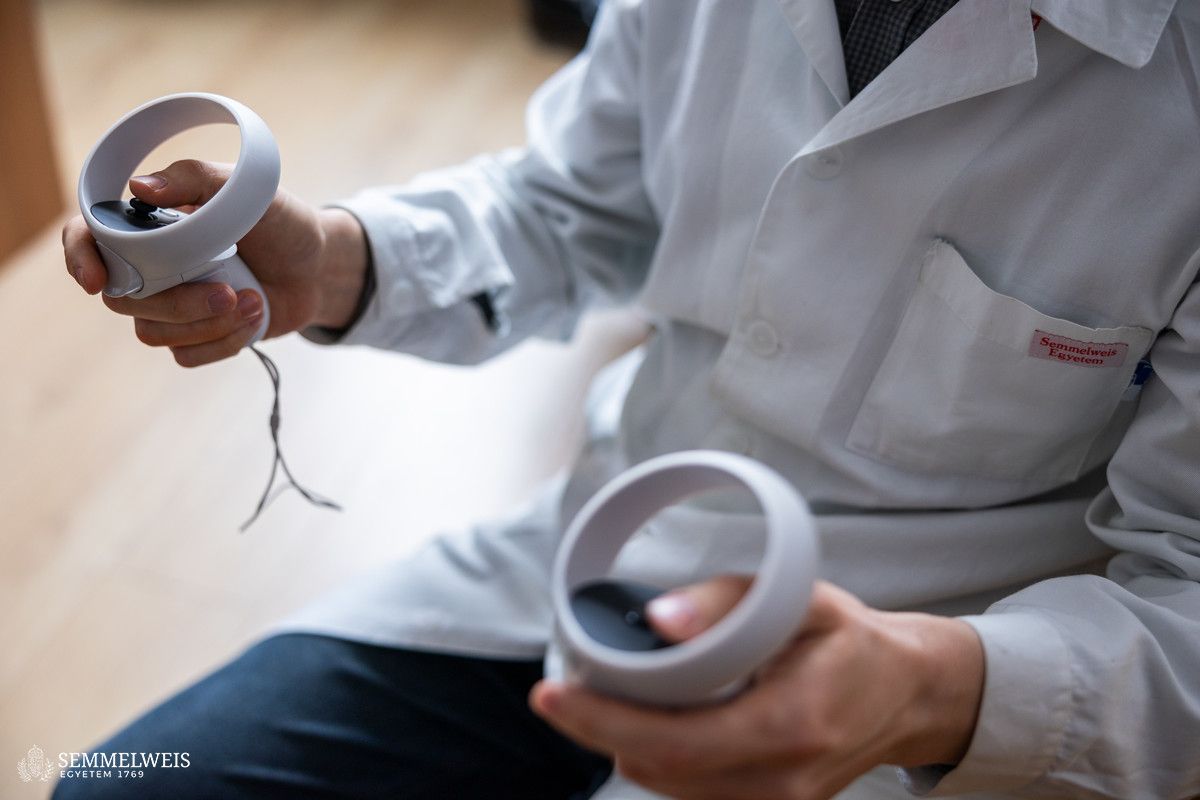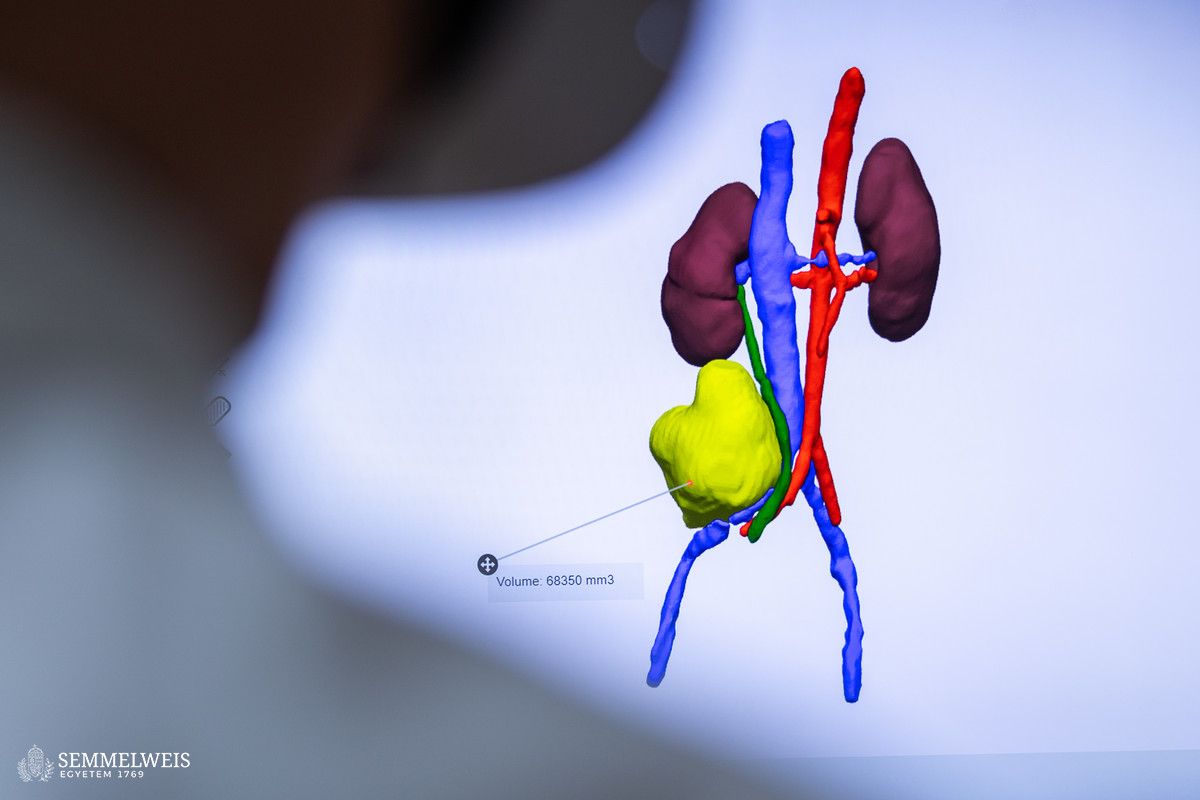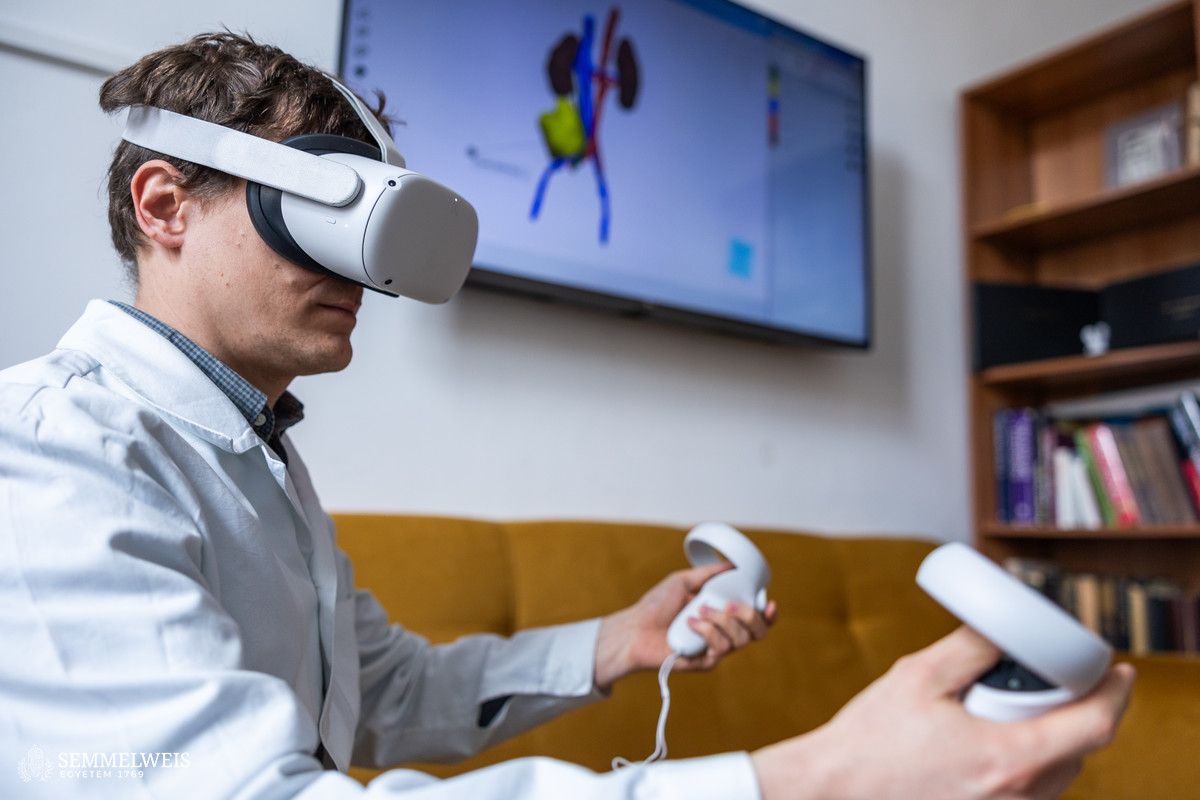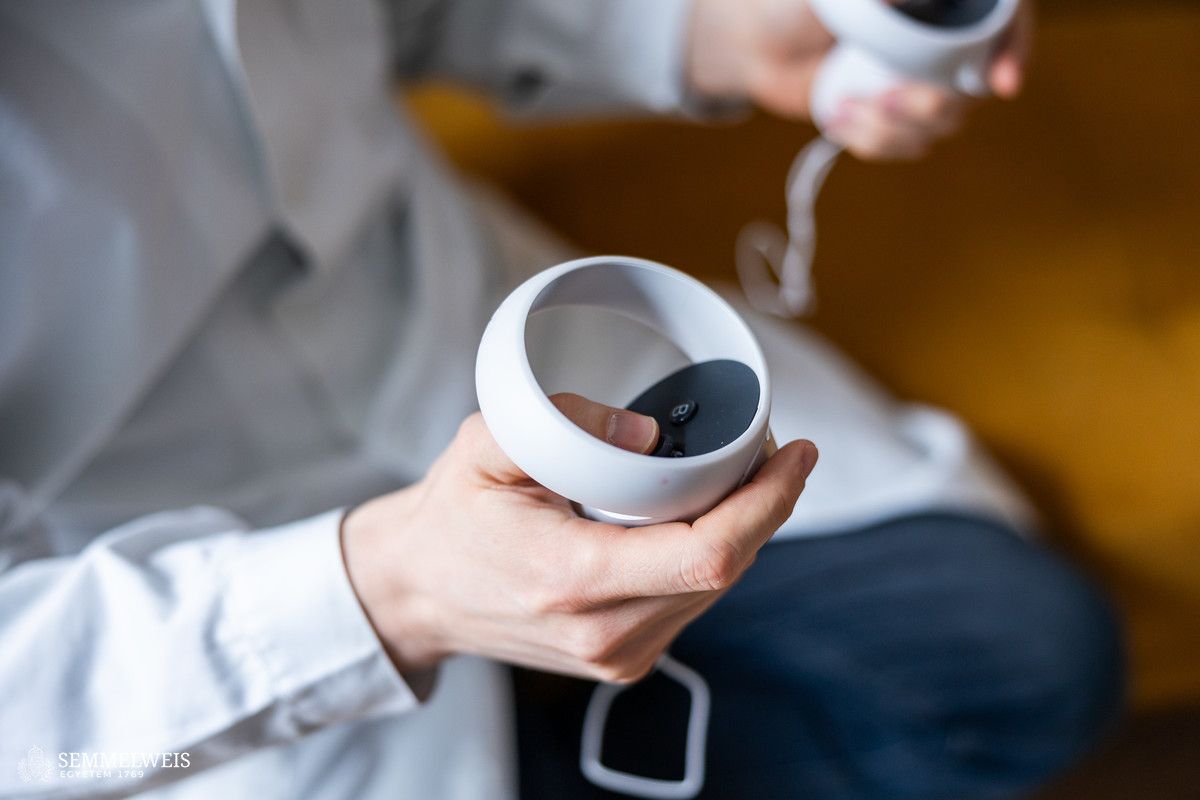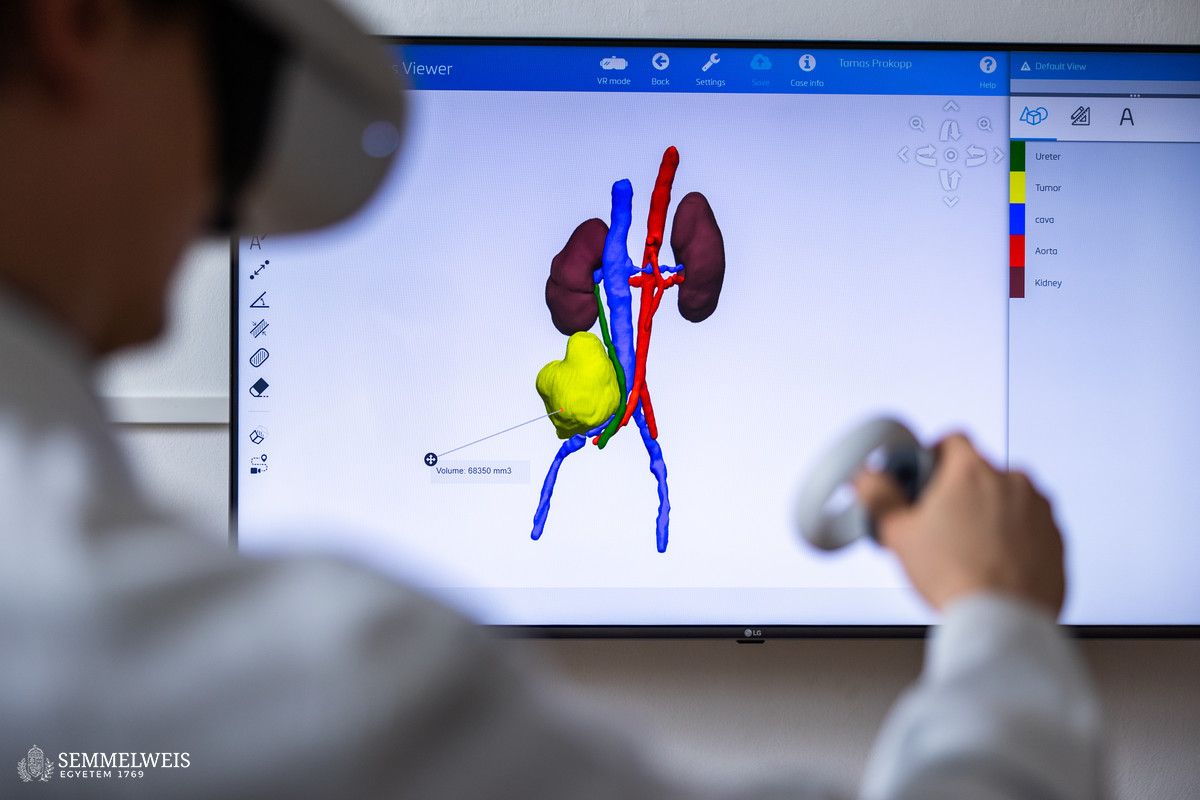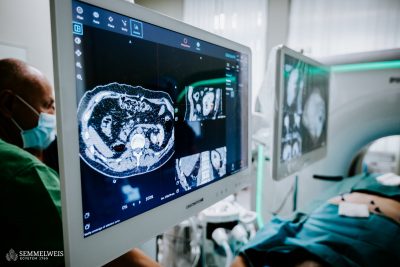 The first operation was performed in January at the Tűzoltó street Department of the Semmelweis University Pediatric Center, on a seven-year-old child with a neuroblastoma suffering from a malignant tumor of the sympathetic nervous system. The tumor was removed without complications and the patient was able to recover at home a few days later.
The first operation was performed in January at the Tűzoltó street Department of the Semmelweis University Pediatric Center, on a seven-year-old child with a neuroblastoma suffering from a malignant tumor of the sympathetic nervous system. The tumor was removed without complications and the patient was able to recover at home a few days later.
“The novelty of the procedure lies in the preparation and planning of the surgery. Based on the MRI scans, software is used to create three-dimensional models of the tumor, which are visualized with VR glasses before the operation. In the glasses, we can see the tumor, its surroundings, important formations and blood vessels in front of us,” says Dr. Tamás Prokopp, a pediatric surgeon and also the first surgeon to perform such operation in Hungary. The clinical specialist at the Tűzoltó street Department of the Semmelweis University Pediatric Center adds that with the glasses, they can see exactly what they are going to see during the operation, so they can prepare for the procedure in an even more personalized way.
Often, a tumor also encircles or displaces blood vessels in certain organs, typically the blood vessels to the kidneys or large arteries from the aorta, which require particular attention from the surgical team. In case they are damaged, there can be a significant blood loss, even loss of the kidney
– Dr. Tamás Prokopp points out. Thanks to the VR glasses and 3D technology, the location and condition of the blood vessels can be anticipated when the images are displayed, thus reducing complications.
The technique is also expected to shorten surgery times. And if complications and operation times can be reduced, recovery will be faster.
Within the framework of a joint research with a Spanish pediatric oncology center, it is being used for neuroblastomas initially, which means approximately six to ten operations in Hungary every year. In the future, the procedure could also be used for other types of tumors like those affecting the liver or the kidney.
Eszter Csatári-Földváry
Translation: Viktória Kiss
Photo: Bálint Barta – Semmelweis University
